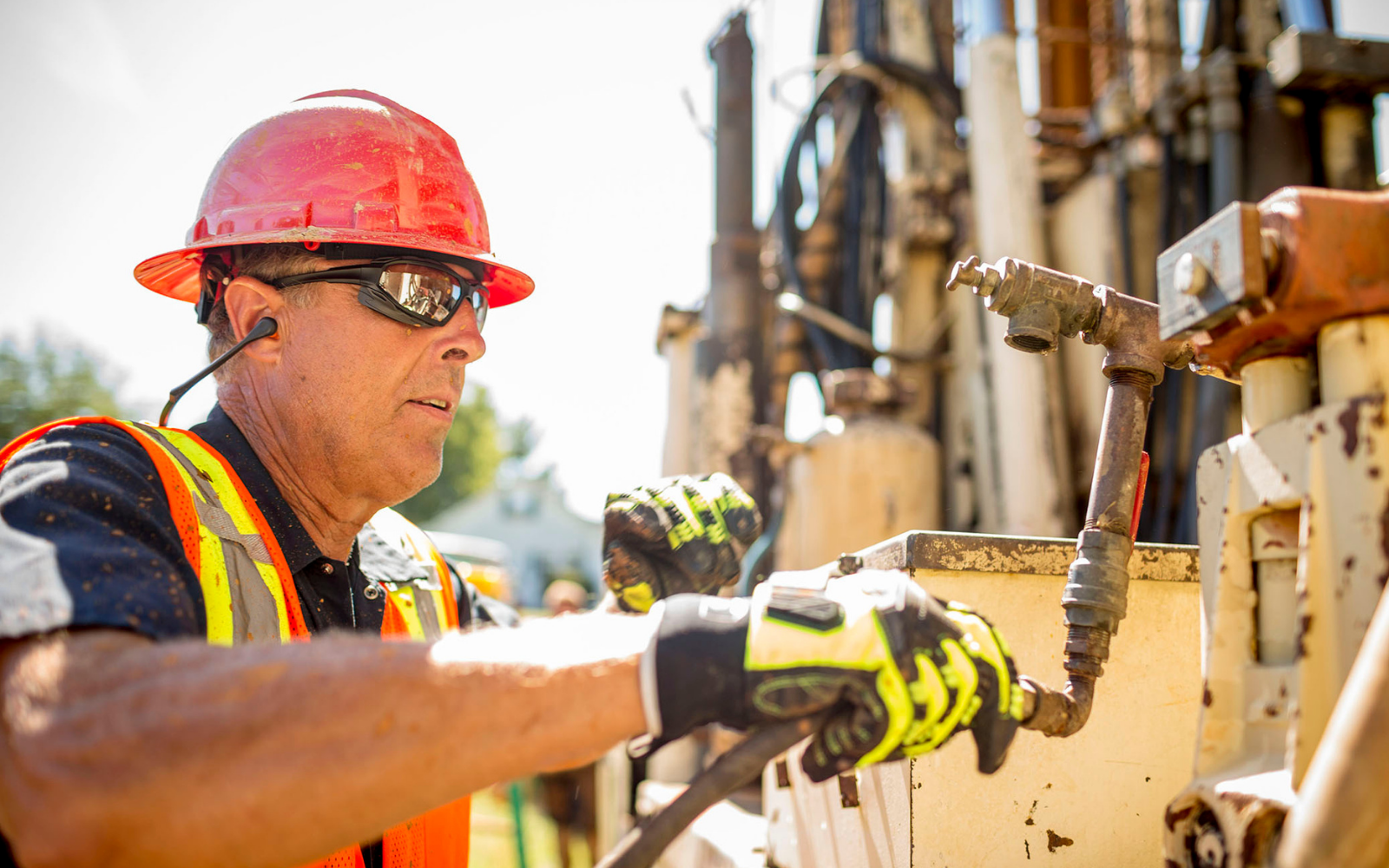
Slippery When Wet: PPE for Oil And Gas Workers
While there are certainly advantages to using specifically designed safety equipment, in many industries, a variety of PPE products offer workers the same protection. Oil and gas is not one of those industries. PPE for oil and gas workers needs to serve specific and important functions in order to keep workers safe and help them perform at their peak.

Oil and Gas Working Conditions
As of May 2021, there were roughly 140,000 people in the US employed in oil drilling and gas extraction. These workers brave the harsh conditions on oil rigs and in gas fields to help fuel the US and world.
The working conditions in oil and gas can be especially hazardous. Workers can be exposed to harmful chemicals, overexposure to the sun and other elements, as well as deal with flying debris. One of the biggest factors in the field is wet conditions, dust, and fire risk. The right PPE can make working in these conditions both safer and easier.
Types of PPE for Oil and Gas
Due to the physical nature of extracting oil and gas, workers need a variety of PPE. They need to be protected from head to toe with specialized safety equipment.
Head Protection
Falling objects and overhead electrical hazards are a source of concern for oil and gas workers. What class hat is required will depend on the specific work environment. Our Ridgeline Full Brim Hat is popular with workers in this industry as it is made of lightweight ABS material and has several accessory options. The non-vented Ridgeline meets ANSI and CSA Type 1 Class E standards.
Hearing Protection

Working on a rig or in the field often involves using heavy equipment which can exceed OSHA-approved noise levels. Hearing protection can prevent occupational hearing loss. The type of protection is typically chosen by user preference. Both earplugs and earmuffs have adequate noise reduction ratings.
Protective Eyewear
Because of dusty conditions and potential chemical splash, sealed eyewear is the preference for many workers. The humid conditions on job sites make anti-fog treatment an important safety feature. A favorite is the V2G which meets ANSI Z87.1+ and MIL-PRF-32432 High Velocity Impact, plus CSA standards. The Proximity and Ever-Lite are also popular choices.
Hand Protection
Hand protection is one of the most important types of PPE in the oil and gas industry. Cow and goat leather drivers like the GL3004CW are frequently used on oil and gas job sites. Cut and TPR impact protection are often major factors in choosing gloves in this industry. Slick conditions mean gloves need to offer a good grip in wet conditions which makes the GL609C and GL610C popular choices. These gloves meet ANSI standards and have ratings of:
- Cut: 6
- Abrasion: 6
- Puncture: 4
- Impact: 2
The sandy nitrile palm coating of the GL609 and GL610 gloves gives them a strong grip in slippery conditions and keeps oil from penetrating the micro-foam.
Protective Workwear
Because some job sites have unsafe atmospheric conditions, respiratory protection may be needed. Respirators are a good place to start. If chemical protection isn’t necessary, a multi-purpose band might be a good option.
Flame-resistant (FR) workwear is often desired PPE for oil and gas workers. Exploration, drilling, refinement, and other activities might require workers to need this enhanced protection.

Protective Footwear:
Because of slippery conditions, boots and overshoes might be wanted for additional traction. Steel-toed boots may also be useful when working around heavy machinery and equipment.
The right PPE for the oil and gas industry can make a big impact on worker safety, comfort, and job performance. At Pyramex, we strive to provide workers with high-quality protection no matter their work environment.
Contact us today if you have questions about the PPE required for oil and gas or any industry! Check out our previous posts about electrical and agricultural safety equipment.



